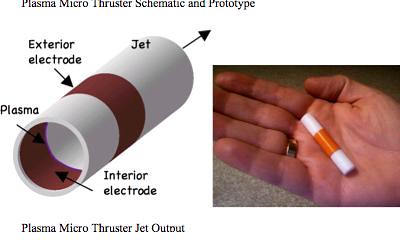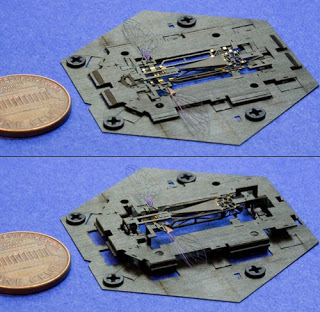Unmanned drones have allowed the American military to use fewer and fewer ground forces during combat. But today’s military drones have many shortcomings—they can only operate from very high up, they can only spy or kill, and they frequently kill civilians. You can imagine swarming nano drones allowing for much better performance: They could take the place of on-the-ground Special Forces troops, and even of covert operatives.
The technology is not standing still. Down the road are insect-sized drones that could be mistaken for a housefly or spider, which could slip in under a door-sill to record conversations, take photos or even inject a lethal toxin into an unsuspecting victim. Systems such as these are under development by the Army’s Micro Autonomous Systems and Technology (Mast) programme, in partnership with a variety of corporations and university labs. Further into the future are nanobots, particle-sized robots that could enter people’s blood streams or lungs.
A near term change that will drastically lower production costs are 3d pop up MEMS Drones will be printed by the sheet.
Once the design is complete, though, fabrication can be fully automated, with accuracy and precision limited only by the machining tools and materials.
“The alignment is now better than we can currently measure,” says Sreetharan. “I’ve verified it to better than 5 microns everywhere, and we’ve gone from a 15% yield to—well, I don’t think I’ve ever had a failure.”
The Harvard Monolithic Bee (or “Mobee”) pops up within an assembly scaffold, which performs more than 20 origami assembly folds. Photos courtesy of Pratheev Sreetharan.
There is the possibility of plasma jets for propulsion of tiny UAVs
There is interesting progress being made to develop a nanoair vehicle that weighs less than 10 grams and is shorter than 3 inches. A promising design is using electricity and plasma jets.

Plasma micro thruster powered UAV the size of a cigarette
A rendering, created by master’s degree student Greg Rancourt, of the Gojett UAV. (Courtesy Ryan Starkey)
If you liked this article, please give it a quick review on ycombinator or StumbleUpon. Thanks

Brian Wang is a Futurist Thought Leader and a popular Science blogger with 1 million readers per month. His blog Nextbigfuture.com is ranked #1 Science News Blog. It covers many disruptive technology and trends including Space, Robotics, Artificial Intelligence, Medicine, Anti-aging Biotechnology, and Nanotechnology.
Known for identifying cutting edge technologies, he is currently a Co-Founder of a startup and fundraiser for high potential early-stage companies. He is the Head of Research for Allocations for deep technology investments and an Angel Investor at Space Angels.
A frequent speaker at corporations, he has been a TEDx speaker, a Singularity University speaker and guest at numerous interviews for radio and podcasts. He is open to public speaking and advising engagements.



